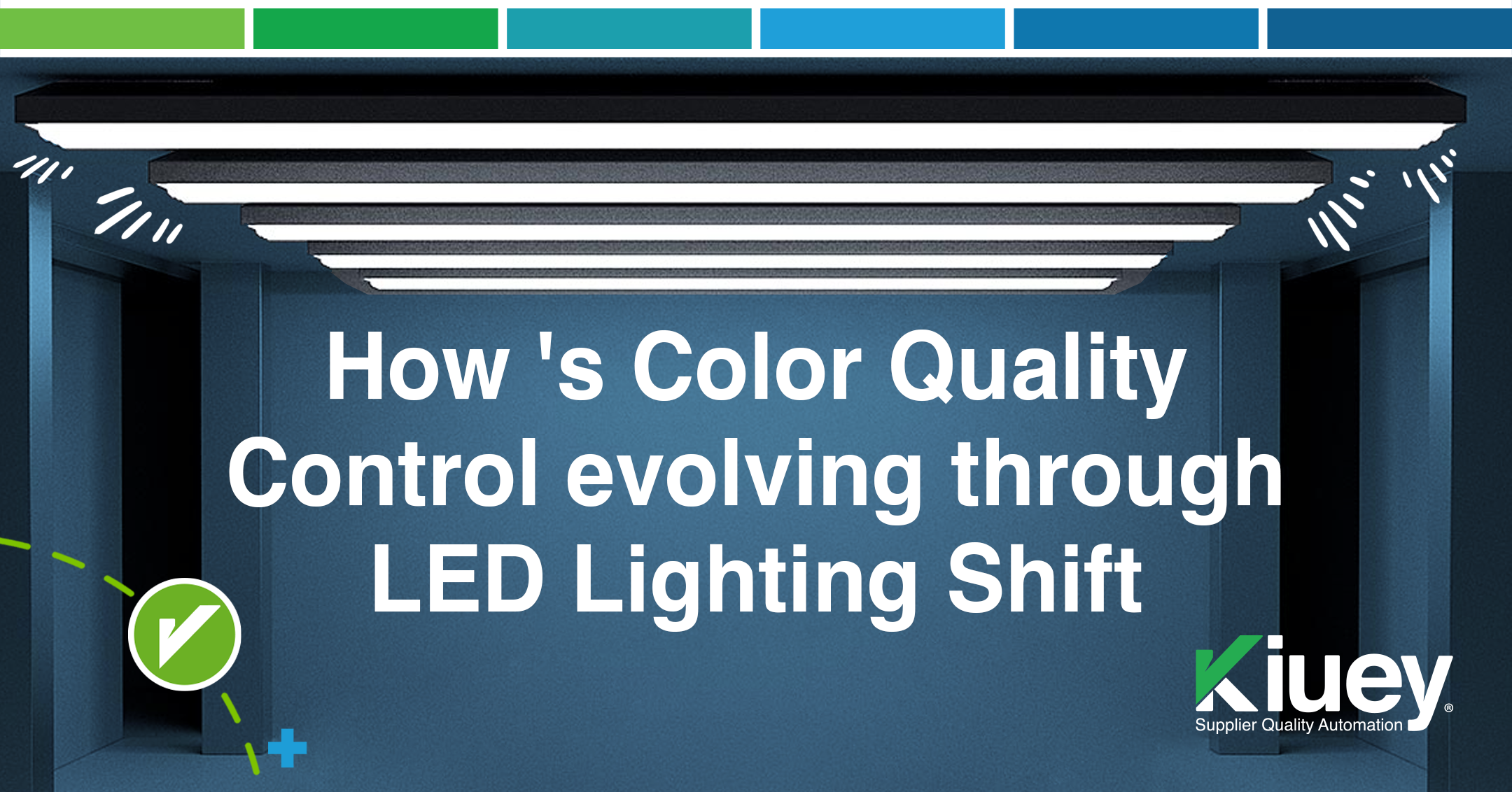How’s Color Quality Control evolving through LED Lighting Shift
The shift towards LED (light-emitting diode) lighting is rapidly transforming the manufacturing landscape. As a Supplier Quality Engineer (SQE), understanding the implications of this transition on color quality control is crucial for ensuring product consistency and meeting customer expectations.
The Challenge of Color Quality Control through the LED era
Color perception is inherently linked to the light source. LEDs, with their unique spectral power distribution (SPD), can significantly impact how colors are perceived compared to traditional lighting sources like incandescent and fluorescent lamps.
- Shifting Color Appearance: LED lighting can cause subtle shifts in color appearance, a phenomenon known as “flare.” This can lead to inconsistencies between how a product looks under different LED sources or when compared to traditional lighting.
- Metameric Challenges: Metamerism occurs when two colors that appear to match under one light source differ under another. LEDs, with their unique spectral characteristics, can exacerbate metameric effects, particularly with neutral colors like grays, whites, and blacks. This can lead to mismatches between components or materials that were intended to be color-matched.

SQE’s Role in Addressing the LED Transition regarding color quality control
- Thorough Supplier Assessment: SQEs must carefully evaluate suppliers’ understanding and management of color quality under LED lighting. This includes assessing their:
- Color measurement capabilities: Do they utilize calibrated spectrophotometers and colorimeters under standardized LED lighting conditions?
- Color communication practices: How effectively do they communicate color specifications and tolerances within their own organization and with their own suppliers?
- Color control processes: Do they have robust procedures in place to monitor and control color throughout the production process, including under LED lighting?
- Driving Collaboration: SQEs must facilitate collaboration between their company, suppliers, and customers to establish common ground on color standards and acceptable variations under LED lighting. This may involve:
- Developing shared color standards: Defining and documenting color specifications that are consistent across the supply chain and take into account the impact of LED lighting.
- Conducting joint color reviews: Organizing meetings to review color samples under various LED lighting conditions to identify and address potential issues early in the product development process.
- Implementing communication protocols: Establishing clear communication channels and protocols to ensure that color information is accurately and efficiently exchanged between all parties.
- Leveraging Technology: SQEs can leverage technology to improve color control under LED lighting. This may include:
- Implementing color management software: Utilizing software to simulate color appearance under different lighting conditions and predict potential color issues.
- Utilizing advanced measurement techniques: Employing advanced color measurement techniques, such as multi-angle spectrophotometry, to better characterize color appearance under various viewing conditions.
- Implementing automated inspection systems: Utilizing automated inspection systems to quickly and accurately identify color deviations and ensure product consistency.
Conclusion
The shift to LED lighting presents both challenges and opportunities for SQEs. By proactively addressing these challenges and leveraging their expertise in quality control, SQEs can ensure that their companies produce high-quality products that meet customer expectations in the evolving lighting landscape.
Subscribe to our newsletter.
Your go-to destination for insights, best practices, and innovative solutions in supplier quality assurance.





